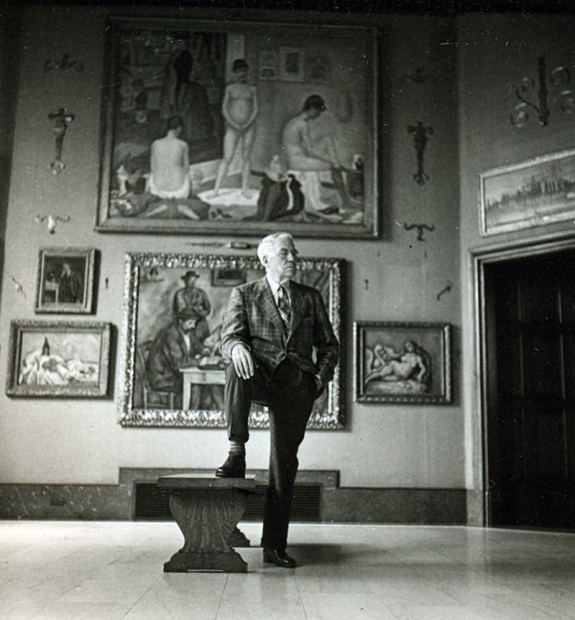The Barnes Foundation's new home is well under construction in Philadelphia but a long and bitter fight continues over whether the world-famous art collection should stay in its longtime suburban home.
Montgomery County Orphans' Court Judge Stanley Ott presided over a packed two-hour hearing Monday afternoon on the ongoing Barnes saga. He approved the proceeding after a request from a citizens group that argued he didn't have all the evidence when he approved the relocation in 2004.
The Friends of the Barnes Foundation, a group trying to halt the multibillion-dollar collection's 5-mile move from suburban Lower Merion, said Ott was misled by the actions of the attorney general's office, which has oversight over charitable trusts.
Samuel Stretton, an attorney representing the group, argued that then-Attorney General Mike Fisher, now a federal appeals judge, failed to serve as a neutral party and instead was "essentially a cheerleader" in facilitating the collection's move by undermining and pressuring the Barnes' controlling board of trustees to go along with the relocation.
Barnes Foundation attorney Ralph Wellington said Ott had determined years ago that the citizens group has no legal standing in the case. He also said their understanding of the attorney general's responsibility in such legal matters is incorrect because Fisher's role was not to be neutral but to act in Pennsylvanians' best interest, which meant preventing the cash-strapped organization from closing or selling off its collection.
"It is baseless factually and filed by people who have no right to do so," Wellington said of the opponents' petition.
Dr. Albert C. Barnes, a pharmaceutical magnate, amassed a collection regarded as one of the world's greatest private holdings of contemporary art, which includes 181 Renoirs, 69 Cezannes, 60 Matisses, 44 Picassos and thousands of other objects.
He established the Barnes Foundation in 1922 to teach populist methods of appreciating and evaluating art. He tightly grouped his paintings with antique ironwork, furniture and African sculpture to illustrate universal aesthetic themes.



